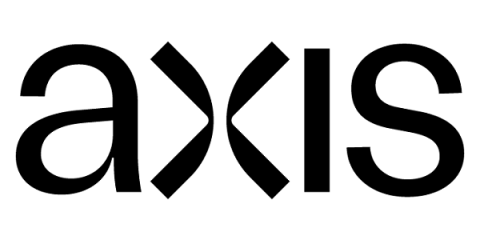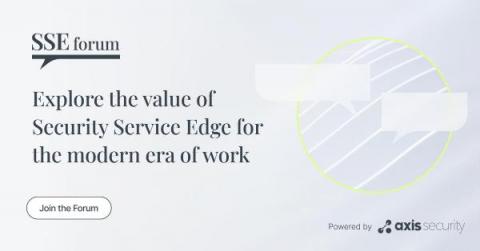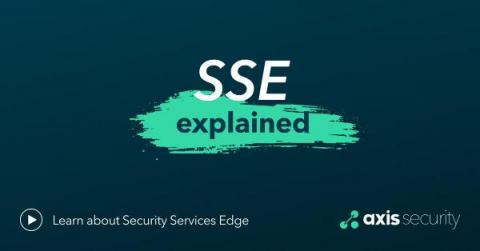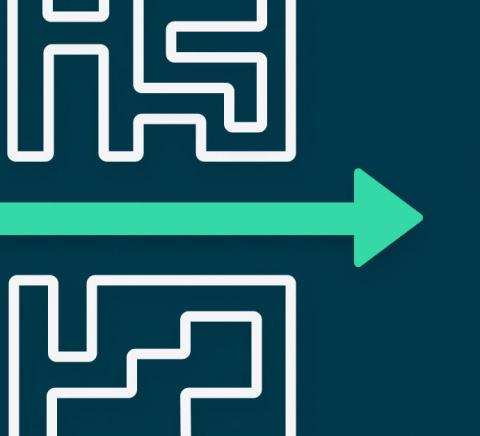Security | Threat Detection | Cyberattacks | DevSecOps | Compliance
Latest Posts
Meet The Forum That Will Explore The Value of Security Service Edge (SSE) For The Modern Workplace
Two words will reshape the industry over the next several years. Modern workplace. This term means many things to different audiences. To some this is an emphasis on using platforms like Microsoft Teams, or Zoom for collaboration at work. To others this is around securely connecting employees to private applications, and across hybrid work environments, or even ensuring their business ecosystem has access to data.
VIDEO: ZTNA vs VPN
With the emergence of remote work, IT leaders have had to react quickly, many decide to simply buy more VPNs. Now years later, 77% of companies will make hybrid work a permanent fixture. They’re looking for better alternatives for application connectivity. The new reality is that user experience is key to productivity. Ransomware has grown 500% year over year, and VPNs are one of the largest culprits because they allow network access.
6 Questions IT Leaders Are Asking About Zero Trust Network Access (ZTNA)
Given the need to support hybrid work, Gartner heavily recommends that IT leaders consider a Security Service Edge (SSE) platform for the practical implementation of a zero trust strategy. An SSE platform largely incorporates these main technologies into a single offering: ZTNA, SWG, and CASB. Gartner recommends that SSE implementation should begin by prioritizing high areas of risk by replacing remote access VPN with a modern ZTNA solution.
The Security Service Edge: EXPLAINED
Security service edge (SSE) will be one of the most talked about subjects in 2022, and beyond. The problem is not many IT leaders understand what SSE is, how it differs from SASE, what to look for when selecting one, or the value they provide for the business. In the video below I demystify SSE. Enjoy. If you are interested in learning more about SSE feel free to speak with our team here at Axis! We’d be happy to provide a quick demo of our SSE platform
3 Tips to Avoid Roadblocks on Your Journey to Securing the Modern Workplace
I was on the call with a potential customer and heard the following, “Our last try at implementing Zero Trust Networking (ZTNA) utterly failed. We purchased the solution from vendor X, deployed it but didn’t account for the network team. Since the solution did not account for their network diagnostic tools (ping and traceroute), they are refusing to support us.
The Role of Zero Trust in Enabling Hybrid Work
Zero Trust…it’s probably one of the biggest IT buzzwords in the last decade. While it seems that every vendor claims to be an enforcer of zero trust, there is value behind the concept if you can cut through the marketing haze. One of the greatest areas of value is around enabling hybrid work for employees. Remote work and hybrid work have extended the corporate world to every home, and user device. The workforce must access wherever they are, from whatever device is in front of them.
Axis Security Scaling for Historic Growth - Bolsters Leadership Team with Three Industry Veterans
Axis Launches New Program Aimed at Helping IT Leaders Finally Retire Their VPN
Zero doubt about the direction of zero trust security
The adoption of zero trust is about to change dramatically. In May, the Biden administration announced its cybersecurity Executive Order (EO), stressing the urgency of modernized access and cybersecurity defenses. Consequently, many enterprises can no longer ignore the necessity of investing in zero trust architectures.









